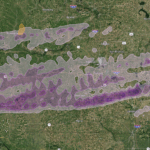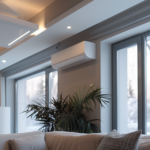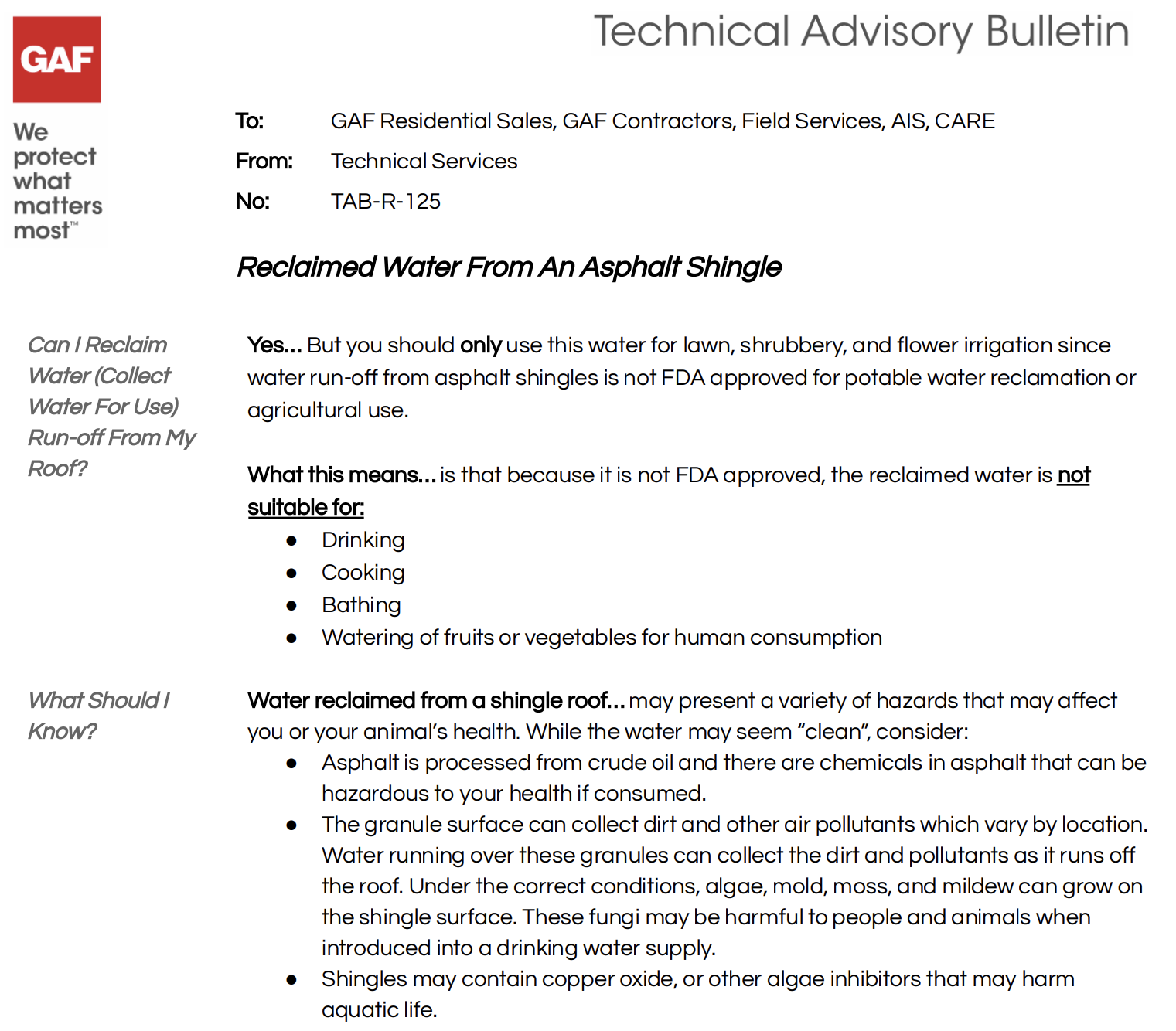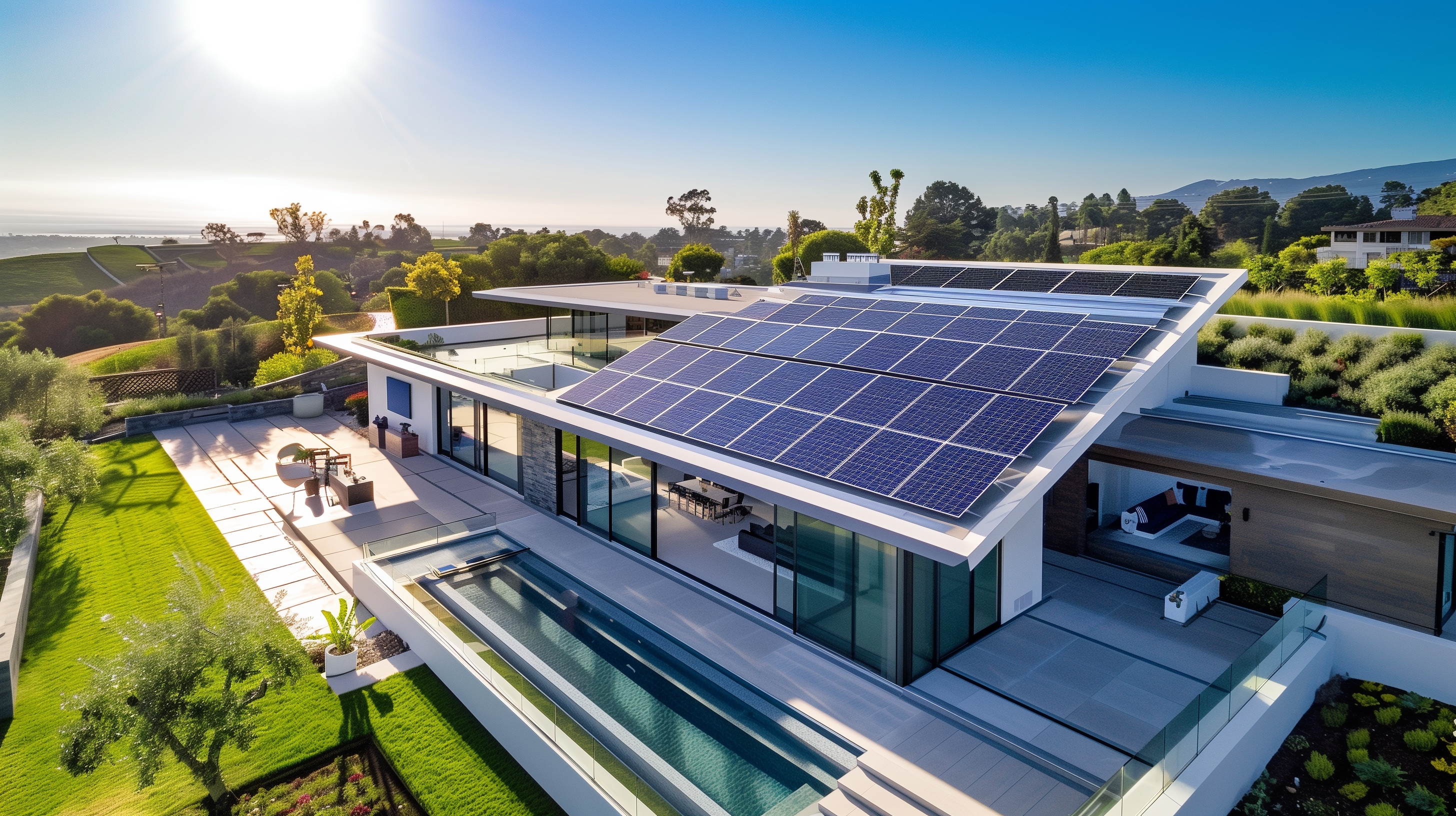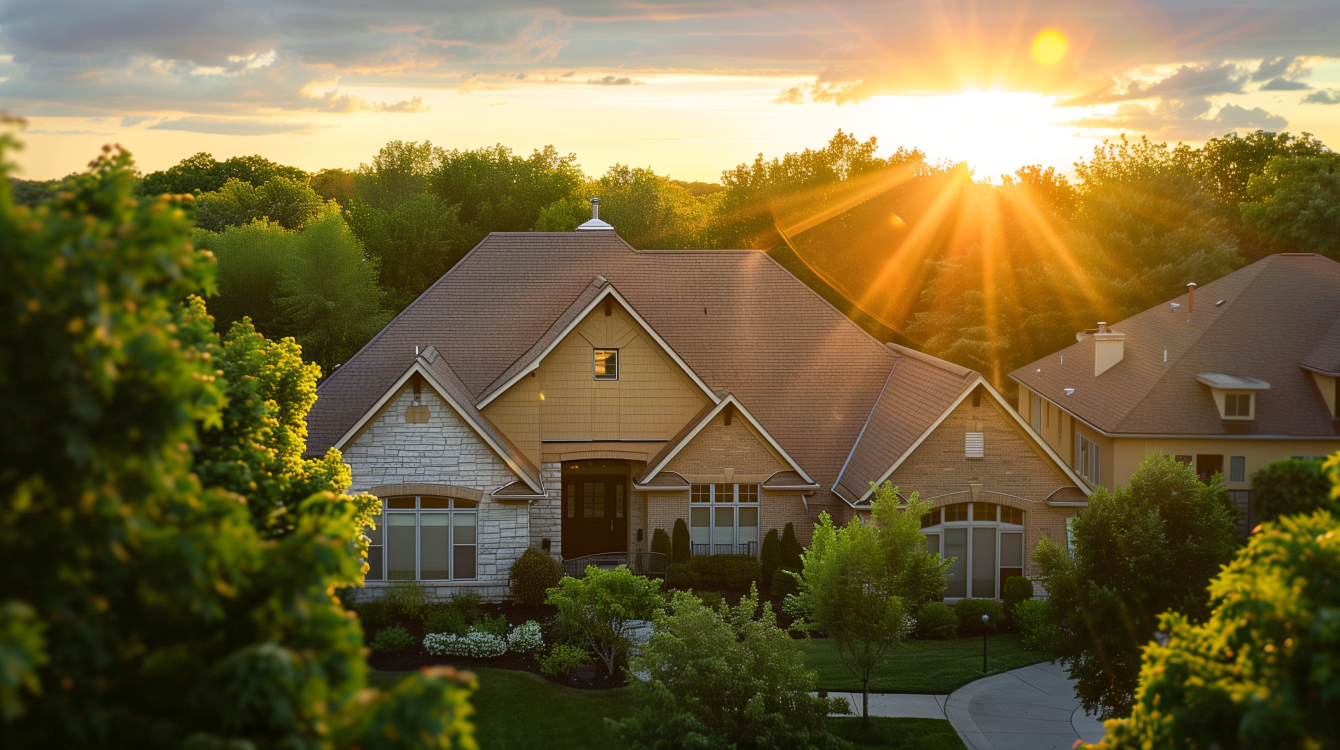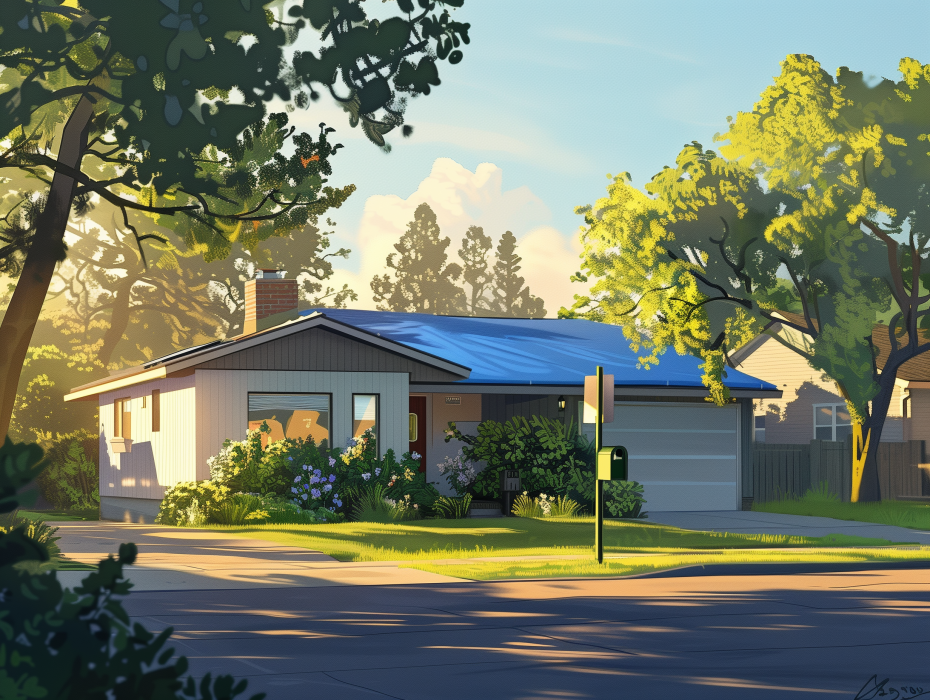Can You Reclaim Water Run-off from Your Roof?
Yes, water run-off from asphalt shingle roofs can be reclaimed, but it is essential to understand its limitations and proper uses. Reclaimed water from asphalt shingles should only be used for non-potable purposes such as lawn, shrubbery, and flower irrigation. It is not FDA approved for potable water reclamation or agricultural use, meaning it should not be used for:
- Drinking
- Cooking
- Bathing
- Watering fruits or vegetables for human consumption
Important Considerations for Reclaiming Water
Reclaimed water from a shingle roof may present various hazards that can affect your health or your animals’ health. While the water may appear clean, there are several factors to consider:
- Chemical Hazards:
- Asphalt shingles are processed from crude oil and may contain chemicals hazardous to health if consumed.
- Pollutants and Contaminants:
- The granule surface of shingles can collect dirt and other air pollutants, which vary by location. Water running over these granules can collect dirt and pollutants as it runs off the roof.
- Biological Hazards:
- Under certain conditions, algae, mold, moss, and mildew can grow on the shingle surface. These fungi can be harmful to people and animals when introduced into a drinking water supply.
- Toxic Materials:
- Shingles may contain copper oxide or other algae inhibitors, which can be harmful to aquatic life if the water is used in ponds or similar environments.
Best Practices for Using Reclaimed Water
To safely use reclaimed water from your asphalt shingle roof, follow these best practices:
- Irrigation Use Only:
- Limit the use of reclaimed water to irrigation purposes such as watering lawns, shrubs, and flowers.
- Avoid Edible Plants:
- Do not use reclaimed water on fruits, vegetables, or any plants intended for human consumption.
- Regular Maintenance:
- Regularly clean your gutters and downspouts to minimize the accumulation of dirt and pollutants.
- Monitor for Algae and Mold:
- Keep an eye on the roof surface for any signs of algae, mold, moss, or mildew growth. Address these issues promptly to reduce potential contamination.
Conclusion
While reclaimed water from asphalt shingle roofs can be a valuable resource for irrigation, it is crucial to understand its limitations and potential hazards. By following these guidelines and using reclaimed water responsibly, you can safely contribute to water conservation efforts without compromising health or safety.
For Immediate Service or Consultation
Contact Allied Emergency Services, INC.
Phone: 1-800-792-0212
Email: Info@AlliedEmergencyServices.com
Location: Serving Illinois, Wisconsin, and Indiana with a focus on the greater Chicago area.
If you require immediate assistance or have specific questions, our human support is readily available to help you.
Disclaimer: This article is intended for informational purposes only. For professional advice, consult experts in the field.
